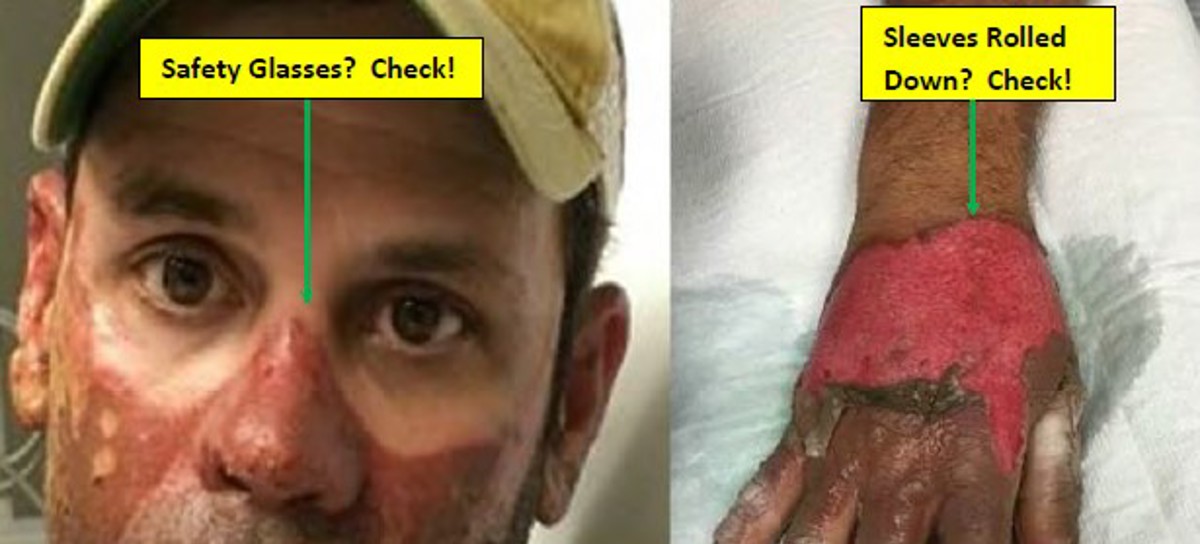How PPE works: Fire and thermal protection
- Safety Flash
- Published on 25 May 2017
- Generated on 8 January 2026
- IMCA SF 12/17
- 2 minute read
Jump to:
The US Bureau of Safety and Environmental Enforcement (BSEE) has published a report of a fire on an offshore production platform in the Gulf of Mexico, resulting in burn injuries to three workers.
All three individuals were reported to have been wearing safety glasses, hard hats and flame-resistant clothing (FRC), although at least one was believed to have rolled up his sleeves.
Their injuries were described as a combination of first and second degree burns to their hands, forearms, neck and face. The BSEE considers that the proper use of appropriate PPE likely prevented additional injuries.
The initial report can be found on the BSEE website.

Lessons learned
- Are YOU and your personnel all wearing proper PPE where the potential exists for thermal exposure from fire?
- Ensure that the PPE selected for the job reflects the probable and possible hazards of the job. Are you wearing the correct PPE?
- BSEE recommends reference to:
- NFPA 2113, Standard on Selection, Care, Use and Maintenance of Flame- Resistant Garments for Protection of Industrial Personnel Against Short-Duration Thermal Exposures from Fire
- Occupational Safety and Health Standard (OSHA) 1910.132 for Personal Protective Equipment.
- NFPA 2113, Standard on Selection, Care, Use and Maintenance of Flame- Resistant Garments for Protection of Industrial Personnel Against Short-Duration Thermal Exposures from Fire
Other standards and guidance will be applicable outside the United States.
Related safety flashes
-
IMCA SF 08/17
12 April 2017
-
-
IMCA SF 28/16
18 October 2016
IMCA Safety Flashes summarise key safety matters and incidents, allowing lessons to be more easily learnt for the benefit of the entire offshore industry.
The effectiveness of the IMCA Safety Flash system depends on the industry sharing information and so avoiding repeat incidents. Incidents are classified according to IOGP's Life Saving Rules.
All information is anonymised or sanitised, as appropriate, and warnings for graphic content included where possible.
IMCA makes every effort to ensure both the accuracy and reliability of the information shared, but is not be liable for any guidance and/or recommendation and/or statement herein contained.
The information contained in this document does not fulfil or replace any individual's or Member's legal, regulatory or other duties or obligations in respect of their operations. Individuals and Members remain solely responsible for the safe, lawful and proper conduct of their operations.
Share your safety incidents with IMCA online. Sign-up to receive Safety Flashes straight to your email.